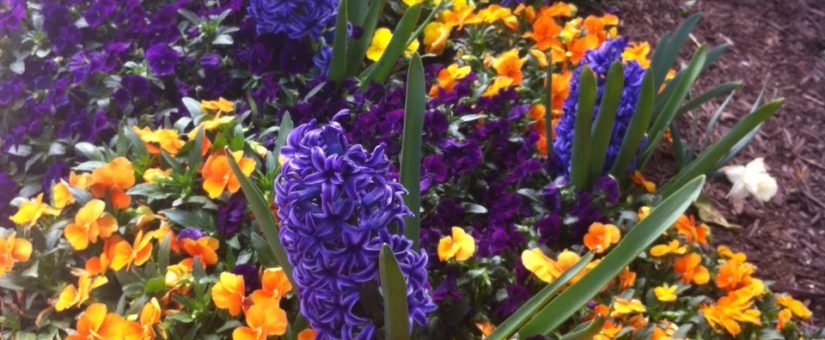
The New Neighborhoods as Communities of Heart in a Time of COVID-19 Infection
Where does a community of heart begin? Not in the halls of congress or in the office of a mayor or Director of a Community Health Agency — though each of these leaders ultimately plays an important role in addressing the challenges associated with a pandemic such as COVID-19. We suggest that a community of heart arises first and foremost in our neighborhoods. There is a chance that at least temporarily we are returning in the Unites States (and elsewhere in the world) to closely knitted neighborhoods in which everyone knows each other and takes care of one another.
It was not long ago that people sat on their front porch (remember front porches?) and greeted those who were strolling by during an early Spring or Summer evening. These neighborly times were to be found not just in Hollywood movies, but also in real life. Then along came television, long freeway commutes — and the Internet. Our new “neighborhood” (if we had one) became our colleagues at work, the families we vicariously lived with on television (or more recently cable TV series) and our Internet “friends.” It seems that these neighborhoods are often insufficient or not available for some people. A resultant crisis of loneliness is well documented and apparently is one of the causes of substance abuse and domestic violence.
Then along came the corona virus. In one form or another, this virus has been studying human behavior for many centuries–morphing into many different versions in order to invade the human body. The virus has learned that human beings are “social animals.” We live and breathe the companionship of other people — and not just other family members. We yearn for affiliation with other members of our “tribe”. The tribe in modern societies is our neighborhood. People who live near us and often share common interests and cultural values with us become our tribe.
The virus learned that it can be most effective if it spreads from one person to the next as a result of touch and physical closeness (the virus spreading by air from person to person). The virus knew that these social interactions were critical to human life and the purpose of living in community. There was nothing to be done in preventing the spread of the virus except abandoning the very soul of human community–we are required to live and interact at a social distance. We must retreat to our computers and intra-family activities. The isolation and loneliness of contemporary life becomes exacerbated and the wounding caused by the virus takes on greater significance. It is not only our bodies that are damaged, it is also our communities.
It seems, however, that the COVID-19 virus underestimated human creativity and resolve. We are now re-creating neighborhoods and finding new ways to stroll down the block and greet those living near us. We have found new ways to help one another and use our “village” to take care of our children. We have found ways to use the Internet not as a technology that pulls us toward greater isolation, but rather as a technology that enables us to connect with neighbors and engage in mutual planning of neighborhood events with those living near us. Put simply, we are building new communities of heart in our local neighborhoods. Here is a videoclip in which two of us identify numerous examples of neighborhood engagement and celebration. Savor the creativity embedded in these collaborative efforts.
[To access this videocast, copy the link presented below, delete what is now in the browser (long diagonal box at top of your Internet page) and paste the new link in the browser. Then click on the dark black address that appears just below the browser. It should take you right to the videocast which you activate by clicking on the “play” arrow.]
https://psychology.zoom.us/rec/share/9eZNH7jPxntIWoHG-kuBV-1-T4G4aaa80ycX86AMyEncgQV2Sm5hiBbjMbEJ9JnD
- Posted by Bill Bergquist
- On April 6, 2020
- 0 Comment



Leave Reply